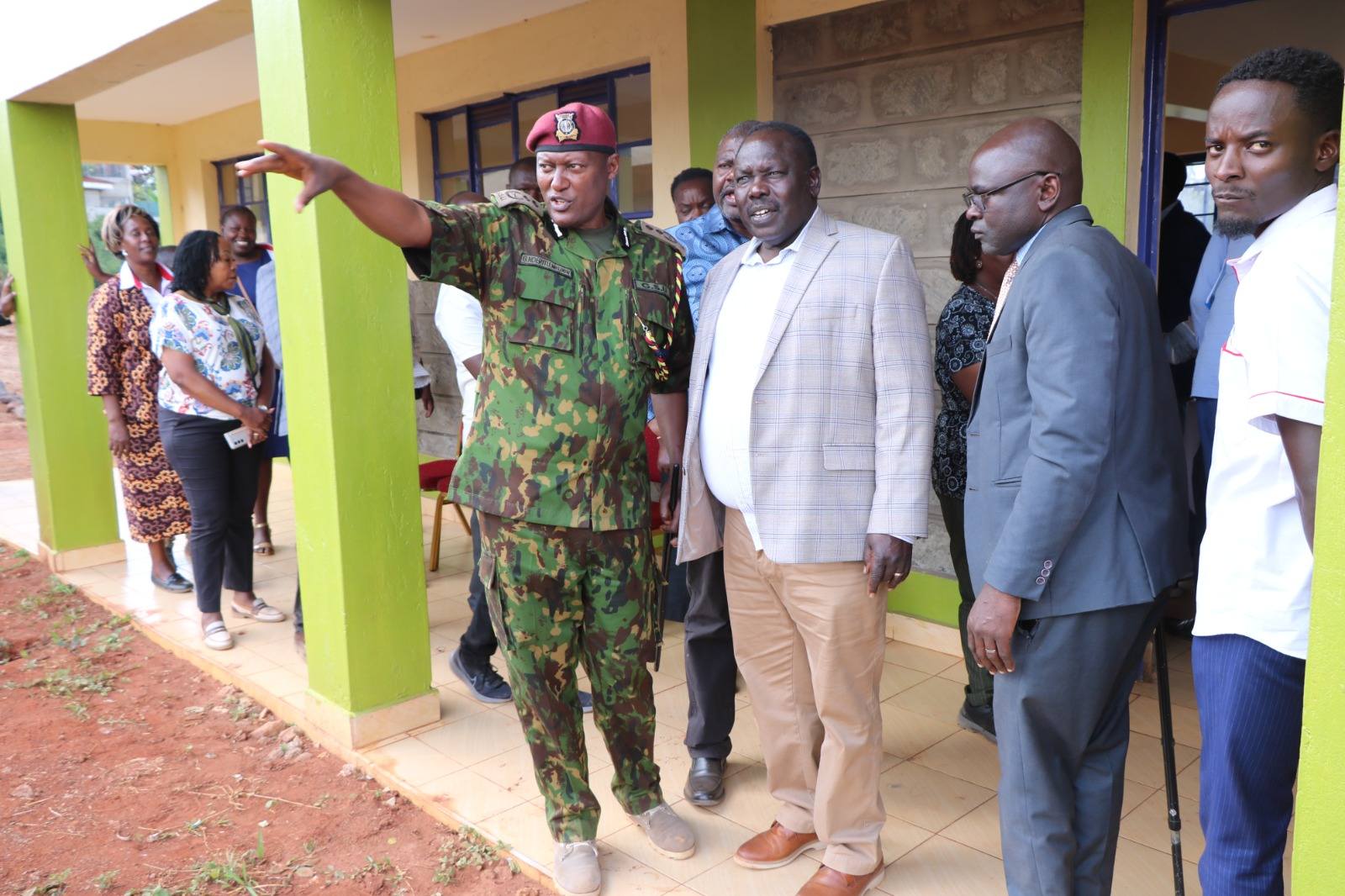The National Government Constituencies Development Fund (NG-CDF) Committee of the National Assembly has called on constituencies in Nairobi to work together on education projects, saying joint efforts will save costs and deliver more benefits to learners.
The proposal arose during a series of school inspection visits where MPs assessed progress on Junior Secondary School (JSS) projects financed through a Sh1 billion special grant.
Committee chairperson, Eldama Ravine MP Musa Sirma, led the second day of site inspections in the capital and highlighted that most schools in Nairobi’s crowded estates draw pupils from several constituencies, making it more practical to combine resources.
A case in point was GSU Secondary School in Ruaraka, which has received support from both Ruaraka and Roysambu constituencies.
The institution, located inside the GSU headquarters along Thika Road, serves a large number of learners from nearby settlements in both areas.
"This is clearly the way to go to ensure we reach as many beneficiaries as possible," MP Sirma said.
He explained that the unique conditions in Nairobi, such as lack of land for expansion, demand a different approach where multi-storey buildings become the main option for new classrooms and boarding facilities.
"With no land space for expansion to accommodate more learners, going up is clearly the only way out," he noted, adding that some schools already have more than 100 learners packed into a single class.
The Committee has so far visited JSS projects in several constituencies, including Dagoretti South, Dagoretti North, Westlands, Kibra, Roysambu, Kasarani and Ruaraka.
In Dagoretti North, MP Beatrice Elachi joined her colleagues at Lavington Girls Secondary School and Kawangware Primary School.
In Roysambu, MP Kamande Mwafrika was present as the MPs inspected works at Njathaini Primary School. Kasarani Primary School was also toured, while in Ruaraka, Tom Kajwang accompanied the team at GSU Secondary School.
The MPs maintained that interconstituency cooperation would allow schools to overcome resource gaps and the heavy pressure of Nairobi’s fast-growing student population.

